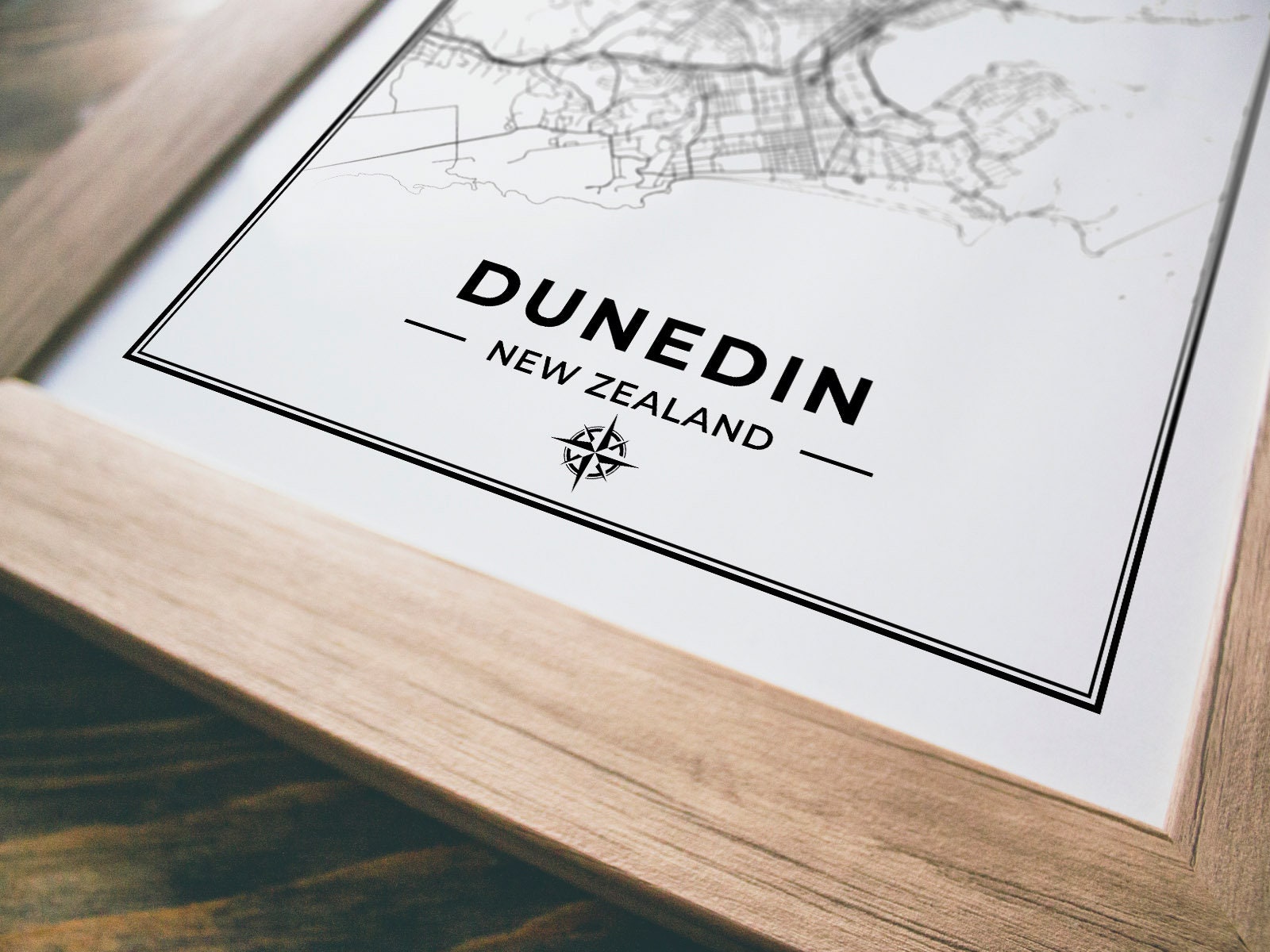

The boundary with the Woodhaugh Gardens was shown on the council's public ''webmap'' as running behind the house, although the council would later rely on the boundary being correctly recorded on all files, including the webmap. '' with the way the council handled the matter and he wants other people to be aware they could have similar problems.Īn architect prepared the plans for the building project and a building consent had been issued.

While he is not going to build in that corner at the moment and may yet apply for a licence to occupy, to buy him some time on deciding what to do, Mr Gable says he is ''majorly. The Ombudsman suggested Mr Gable argue his position through the courts, but Mr Gable said he could not afford to do that. So too did the Building Act, which does not allow building across property boundaries. The council's position was that crown reserves were excluded from that Act and the Reserves Act, which required councils to act on the discovery of an encroachment on a reserve, applied. He still believed he had a legal right under the Property Law Act in that no party was at fault for a wrongly placed structure and relief should be granted. The Ombudsman also found in the council's favour.Īfter two years and thousands of dollars spent fighting the decision, and unable to afford the probable tens of thousands it would cost for a land swap or buying a piece of the reserve, he had decided to acquiesce and not carry out the renovations he had planned. He complained to councillors about the decision, again without success, and eventually lodged a formal complaint with the Ombudsman. Mr Gable pleaded to the council building control unit for leniency, without success. That required an exchange of land, the purchase of some reserve land (a long and expensive public process) or a licence to occupy (which relies on the encroachment being pulled back). The council, which was to pay half the cost of the fence, ordered him to stop building until the encroachment was resolved, either by removing it or formalising it. The surveyor found the correct boundary of the property ran through a small corner of Mr Gable's house.Ī 16cm triangle of the house was actually in the Woodhaugh Gardens scenic reserve. That is where, he says, bureaucracy started to go ''mad'' and the building stopped. Then he decided to get a surveyor in to make sure a new back boundary fence to replace one that had been in place since 1877 was going up in the correct place. He was not increasing the footprint of the house, he had received a building consent from the Dunedin City Council, and a building inspector had already signed off replacement foundations. He bought the North Dunedin student flat in 2010 intending to turn it back into a family home. The father-of-two had started a renovation project extending the back wall of his 87-year-old Malvern St villa to the edge of a balcony at the rear of the house. He told Debbie Porteous his tale of warning.Ĭhris Gable says he rues the day he tried to be helpful and inadvertently became involved in a process he views as ''bureaucracy gone mad''. Dunedin man Chris Gable knows only too well the issues that arise when the authorities learn a property encroaches on a reserve - even if the property is a house that has stood for more than 80 years, and even if it only encroaches in one corner by 16cm.


 0 kommentar(er)
0 kommentar(er)
